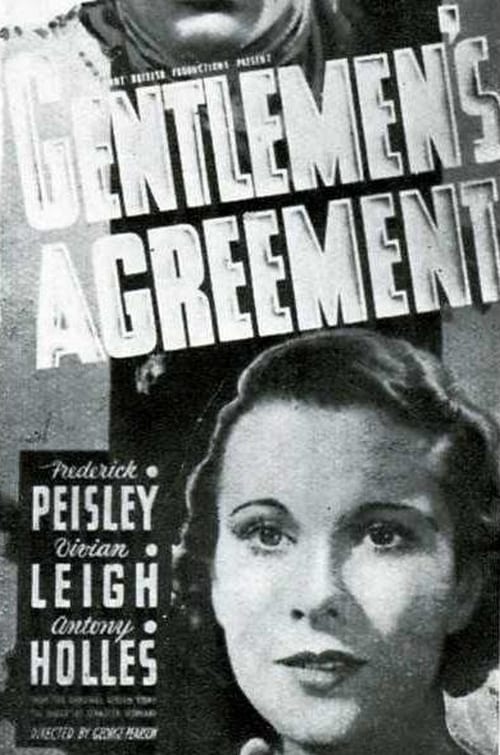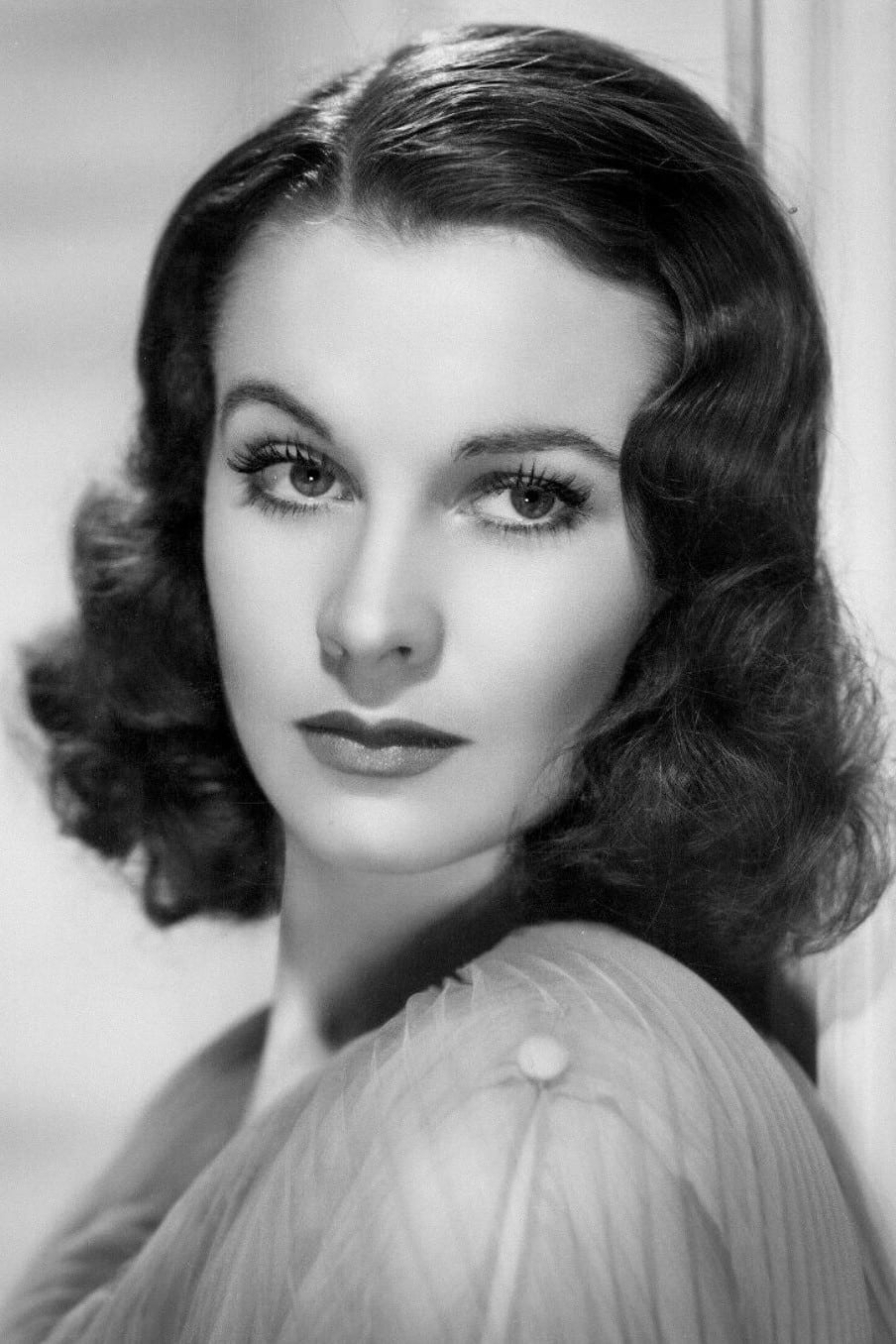
Vivien Leigh
Biography
Vivien Leigh (born Vivian Mary Hartley on November 5, 1913, in Darjeeling, British India) was an English actress renowned for her roles in Hollywood and British theater. She won two Academy Awards for Best Actress, portraying Scarlett O’Hara in Gone with the Wind (1939) and Blanche DuBois in A Streetcar Named Desire (1951), both performances that solidified her place among the greatest actresses of classic cinema. Leigh was the only child of Ernest Hartley, a British broker, and Gertrude Yackjee, who had Anglo-Indian and Armenian ancestry. She spent her childhood between England and Europe, attending convent schools before enrolling at the Royal Academy of Dramatic Art (RADA) in London in 1932, setting the stage for her acting career. Her film debut came in Things Are Looking Up (1934), followed by roles in British films such as Fire Over England (1937), where she starred alongside Laurence Olivier. Their professional collaboration soon became a high-profile romance, capturing public fascination. Leigh’s breakthrough role was Scarlett O’Hara in Gone with the Wind (1939), a part for which she beat hundreds of actresses in a legendary casting search. The film became one of the most celebrated in cinematic history, and her performance earned international acclaim, securing her first Academy Award. Leigh continued to star in films such as Waterloo Bridge (1940) and That Hamilton Woman (1941), frequently working with Olivier, whom she married in 1940. Their union lasted 20 years, during which they became one of the most revered couples in theater and film, starring together in Shakespearean productions and three films. In 1951, she won her second Academy Award for A Streetcar Named Desire, where her portrayal of Blanche DuBois was deeply personal, reflecting her own struggles with mental health. Leigh suffered from bipolar disorder, which profoundly affected her career and personal relationships. She also battled chronic tuberculosis, first diagnosed in the mid-1940s, which ultimately led to her death on July 8, 1967, at the age of 53. After divorcing Olivier in 1960, she found companionship with actor John Merivale, who remained by her side until her passing. Despite periods of career instability, Leigh remains one of the most celebrated actresses of her time. In 1999, the American Film Institute (AFI) ranked her as the 16th greatest female movie star of classic Hollywood cinema. She also won a Tony Award for Tovarich (1963), proving her talent extended beyond film. Her beauty, talent, and dedication made her an enduring icon, and her performances continue to be studied and celebrated worldwide.
Filmography

Flashing Images of Vivien Leigh and Marlon Brando
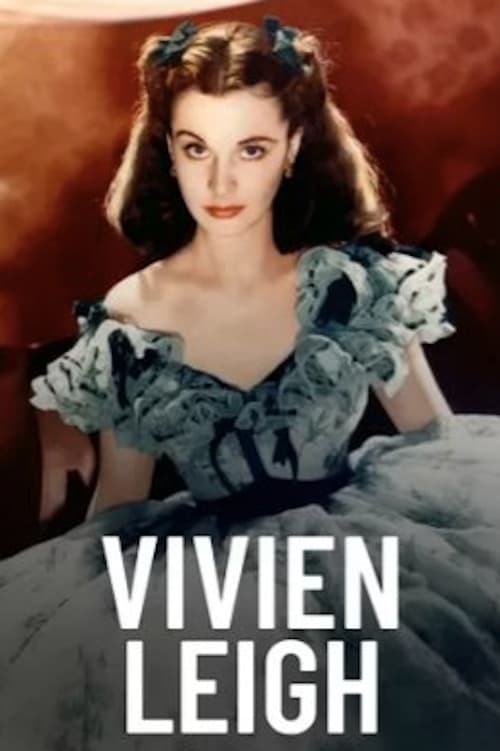
Vivien Leigh, autant en emporte le vent
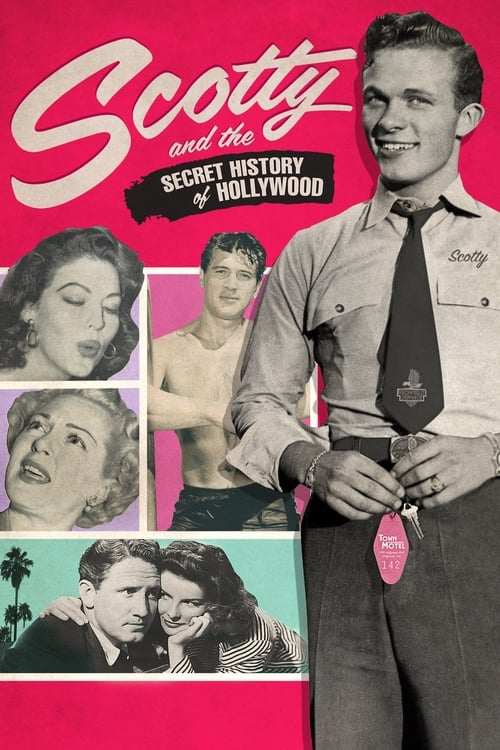
Scotty and the Secret History of Hollywood
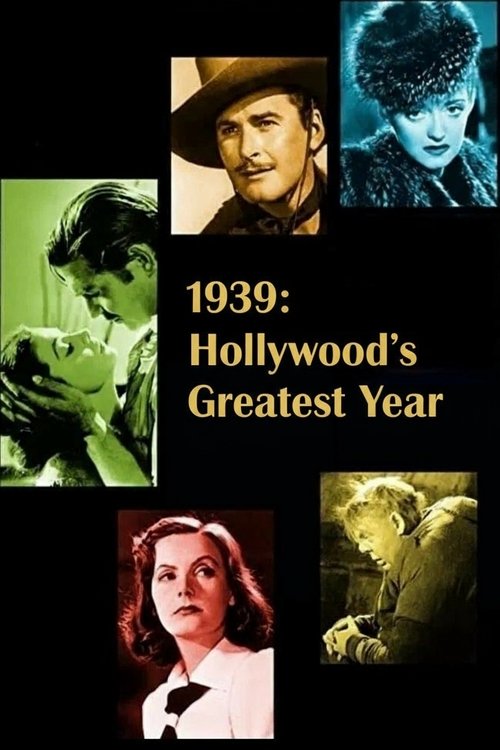
1939: Hollywood's Greatest Year

Jornal Português (1938-1951)
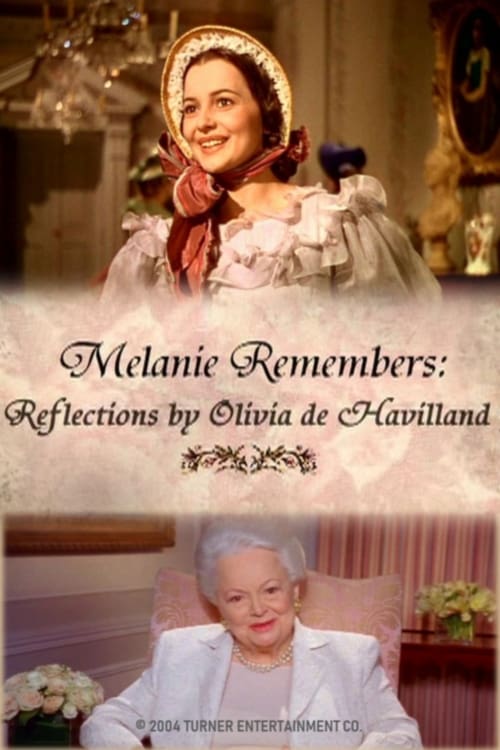
Melanie Remembers: Reflections by Olivia de Havilland
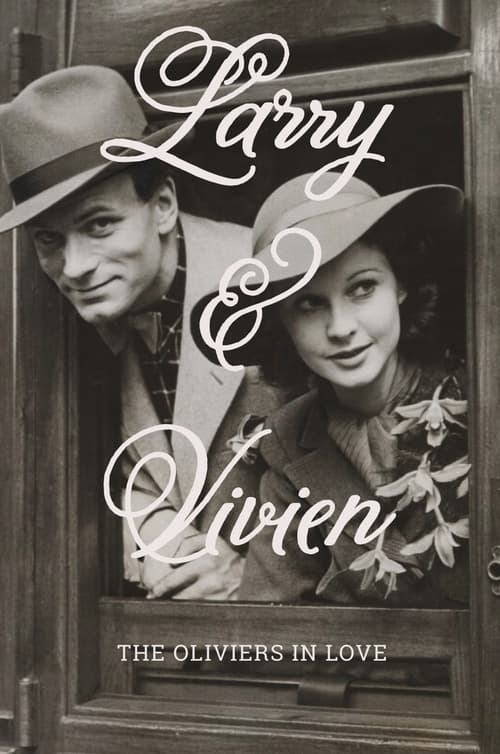
Larry & Vivien: The Oliviers in Love
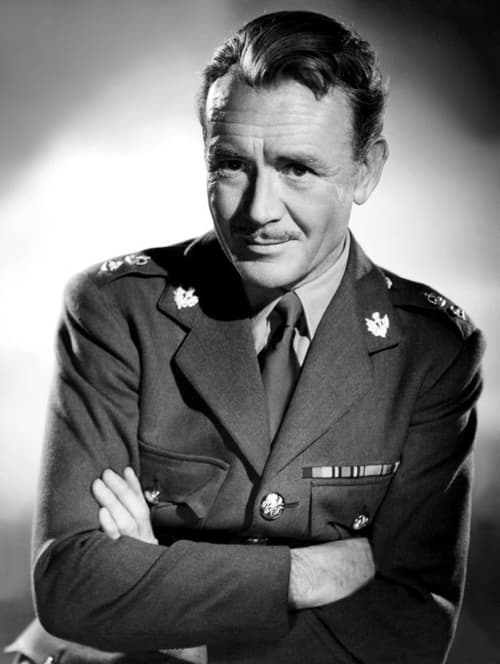
Sir John Mills' Moving Memories

Glorious Technicolor

That's Entertainment! III

Korda: I Don't Grow on Trees: Part One
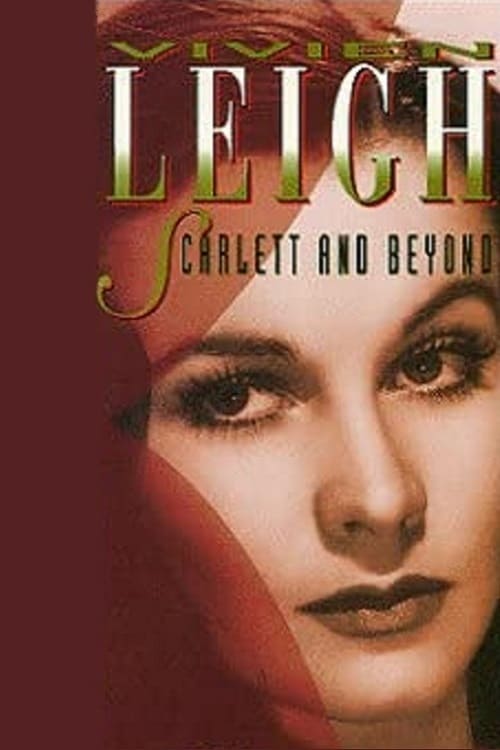
Vivien Leigh: Scarlett and Beyond
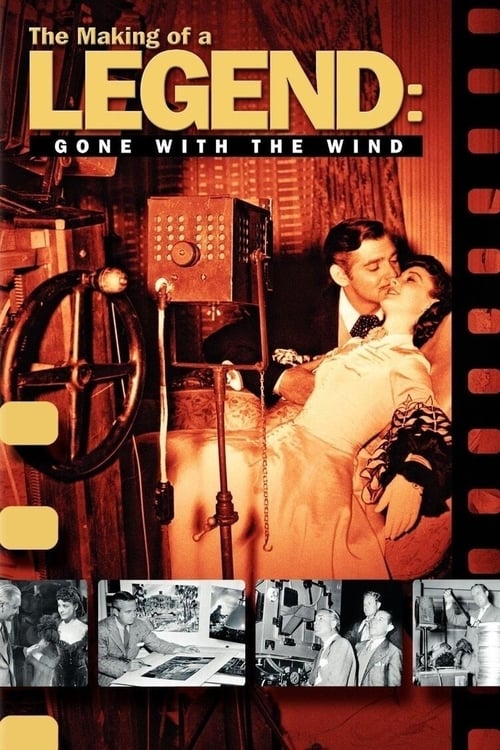
The Making of a Legend: Gone with the Wind

Hollywood Scandals and Tragedies
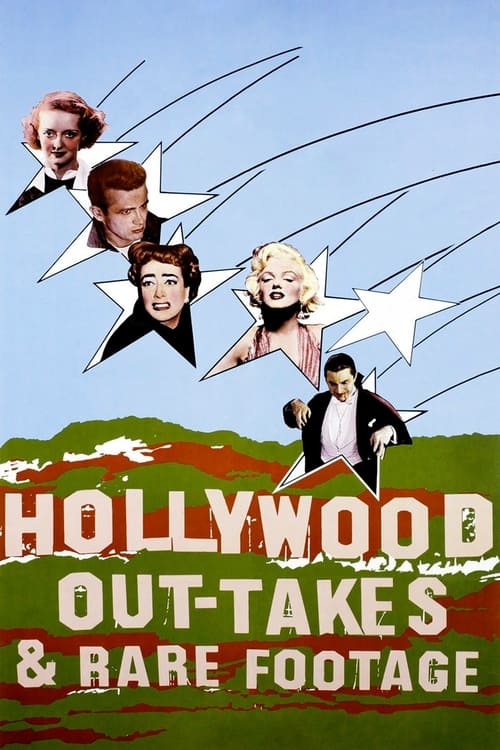
Hollywood Out-takes and Rare Footage

Laurence Olivier: a life
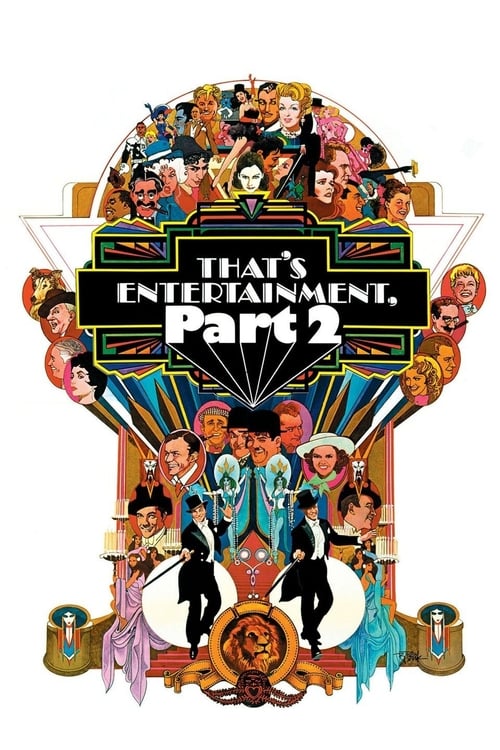
That's Entertainment, Part II
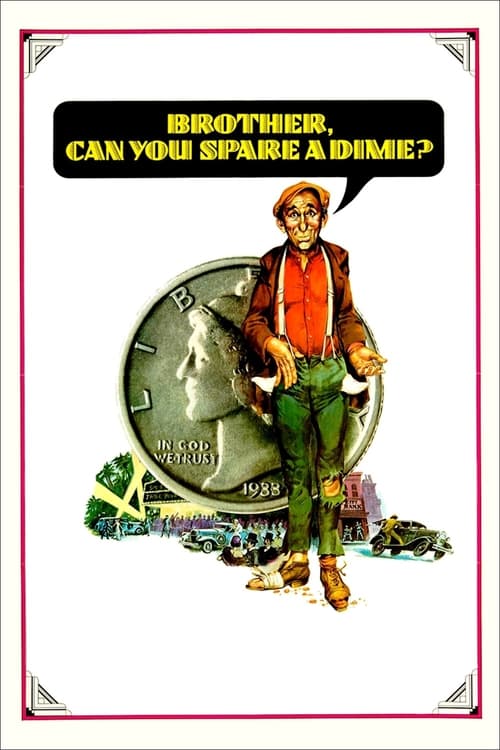
Brother, Can You Spare a Dime?

Hollywood: The Dream Factory
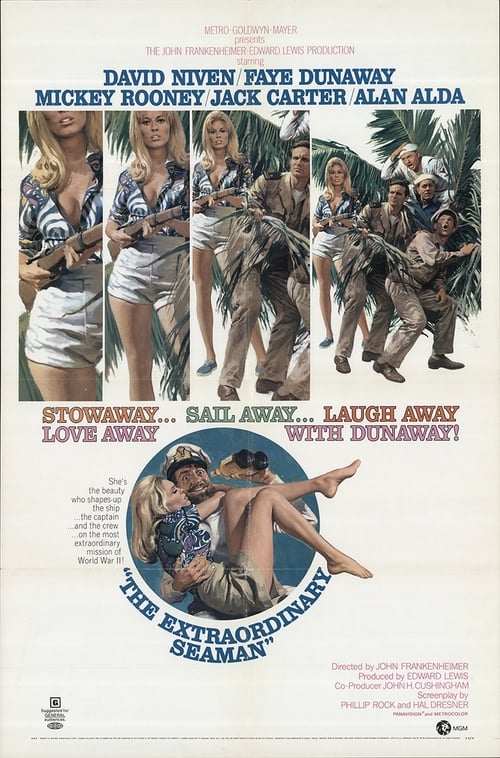
The Extraordinary Seaman

Ivanov
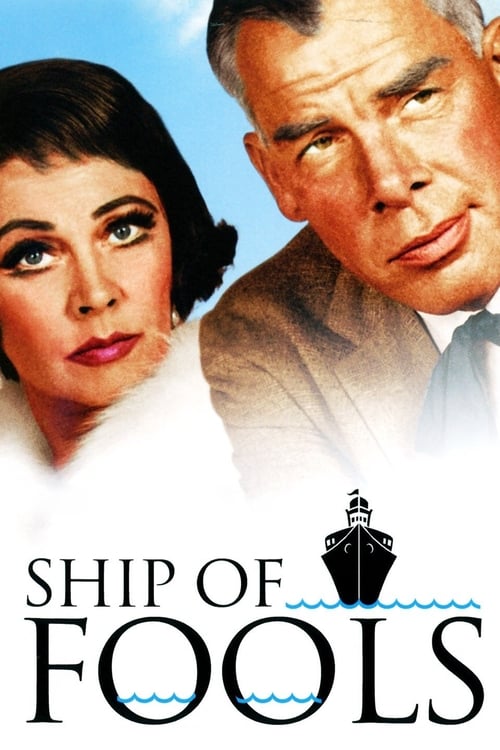
Ship of Fools
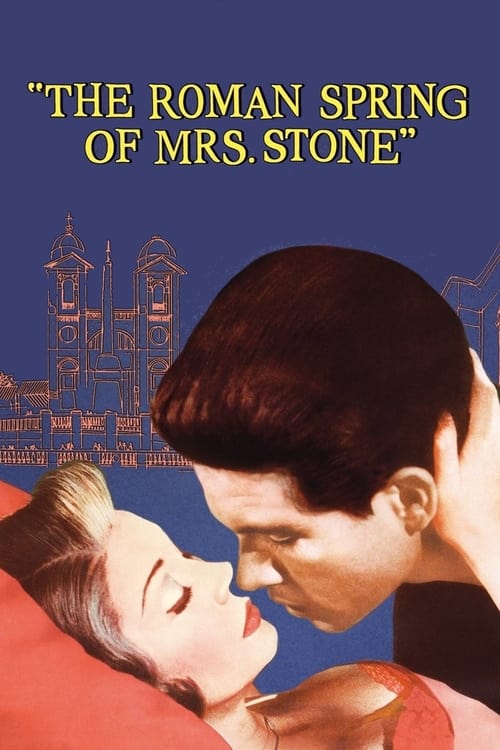
The Roman Spring of Mrs. Stone

The Skin of Our Teeth

Small world: Vivien Leigh
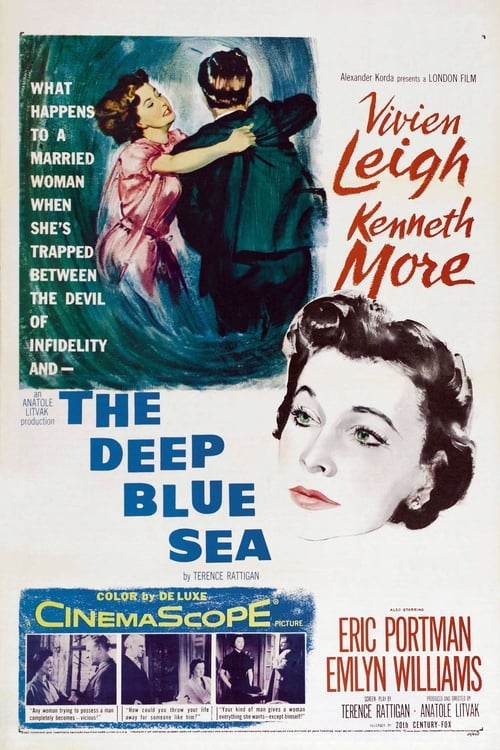
The Deep Blue Sea
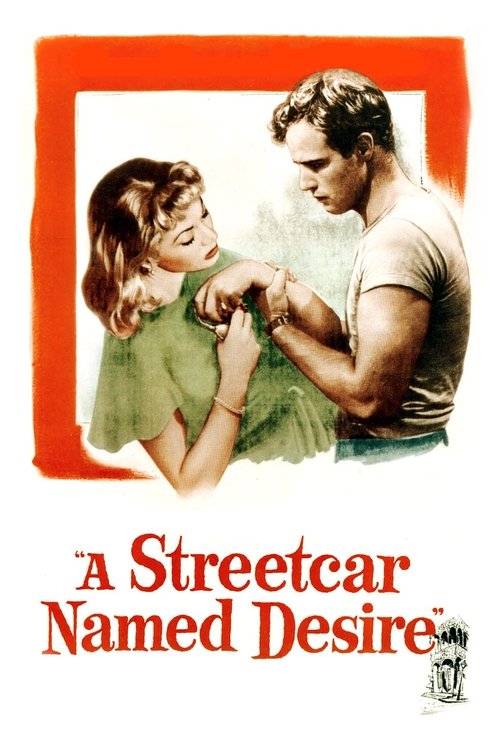
A Streetcar Named Desire

The Screen Director

Rebecca
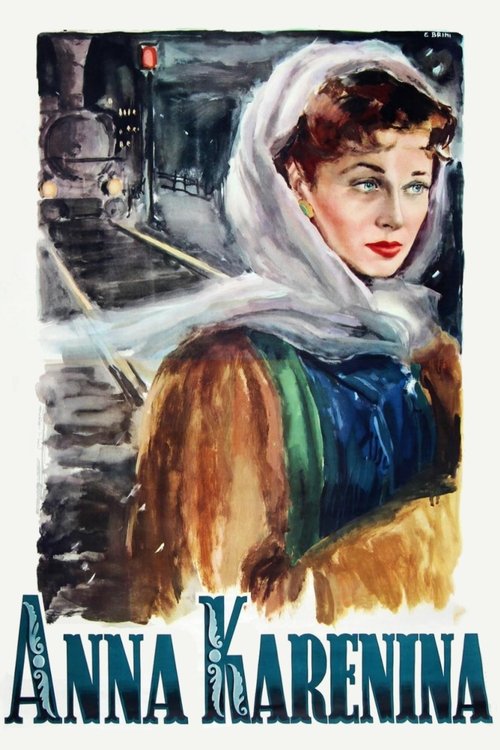
Anna Karenina
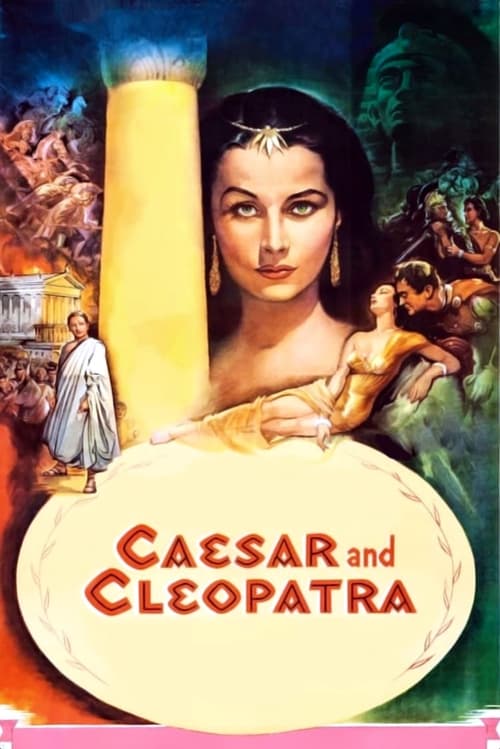
Caesar and Cleopatra

That Hamilton Woman

Private lives
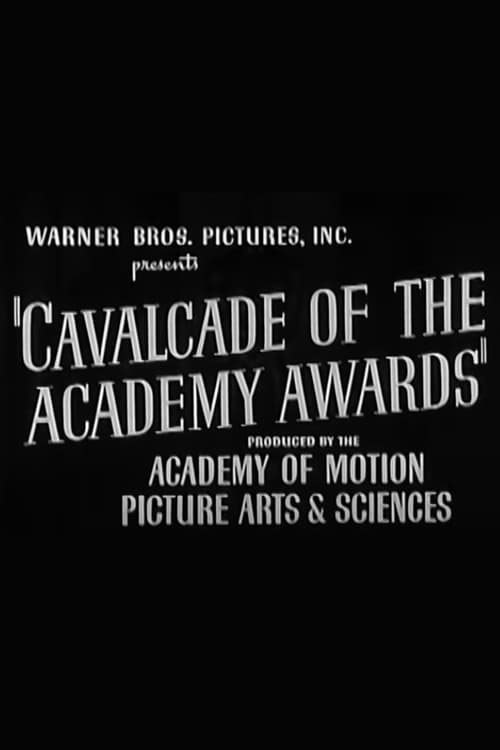
Cavalcade of the Academy Awards
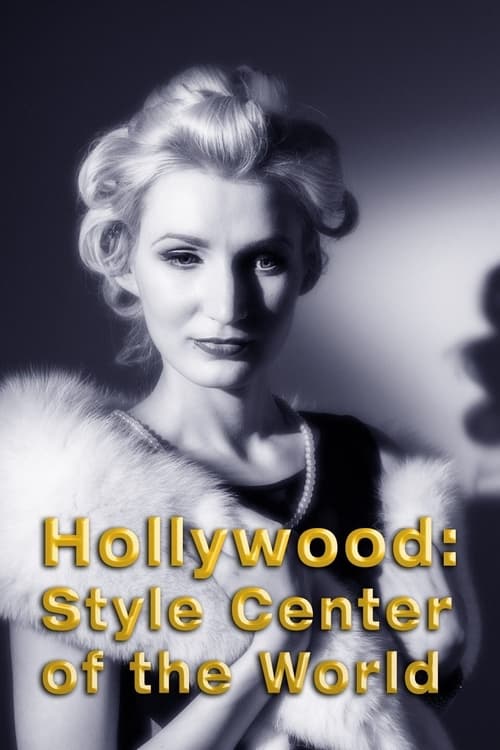
Hollywood: Style Center of the World
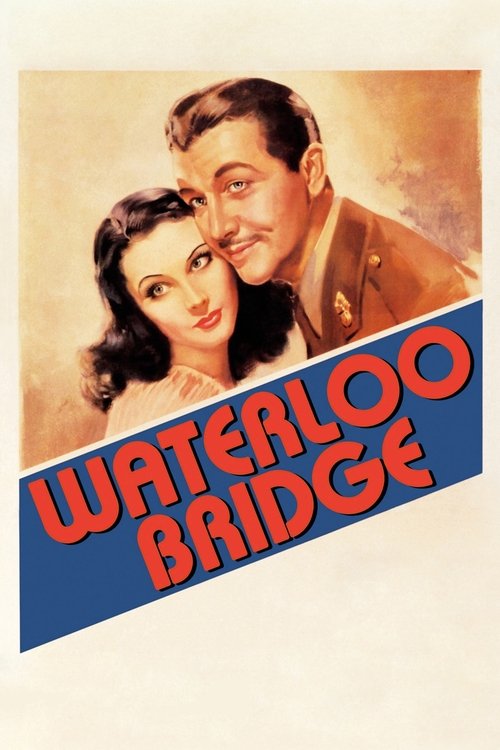
Waterloo Bridge
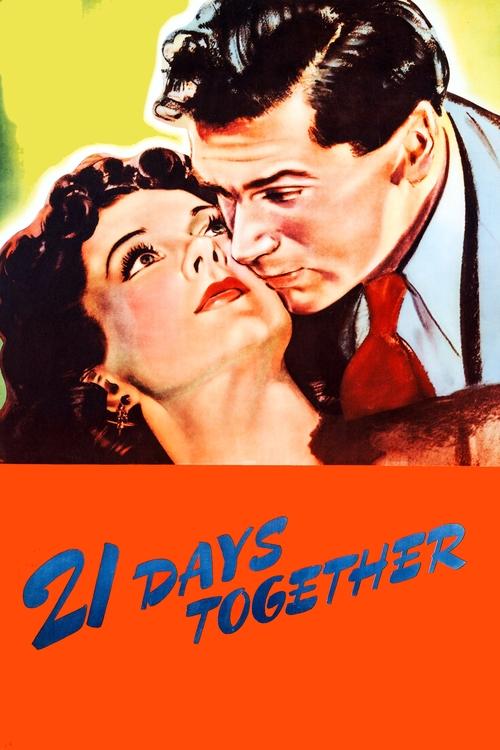
21 Days Together
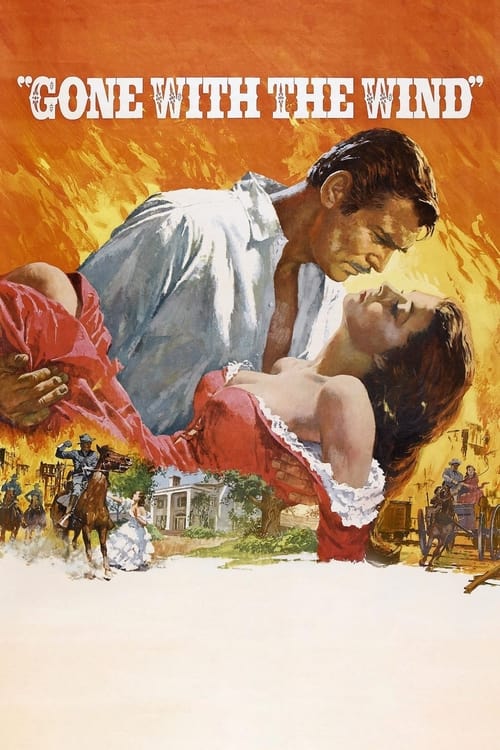
Gone with the Wind

St. Martin's Lane
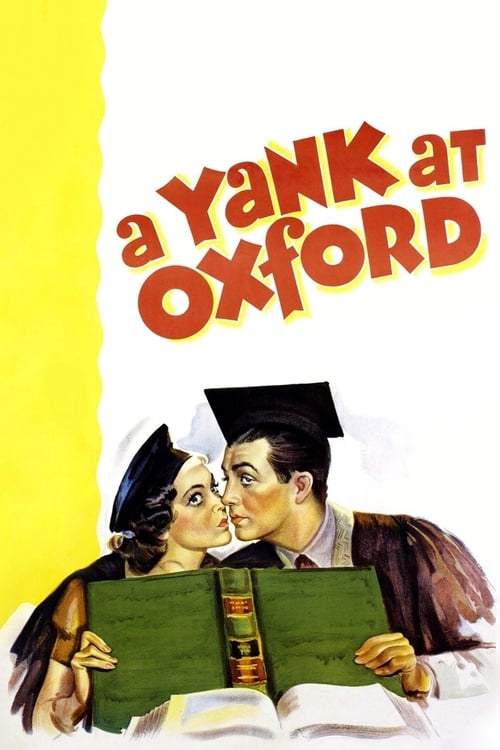
A Yank at Oxford

Dark Journey
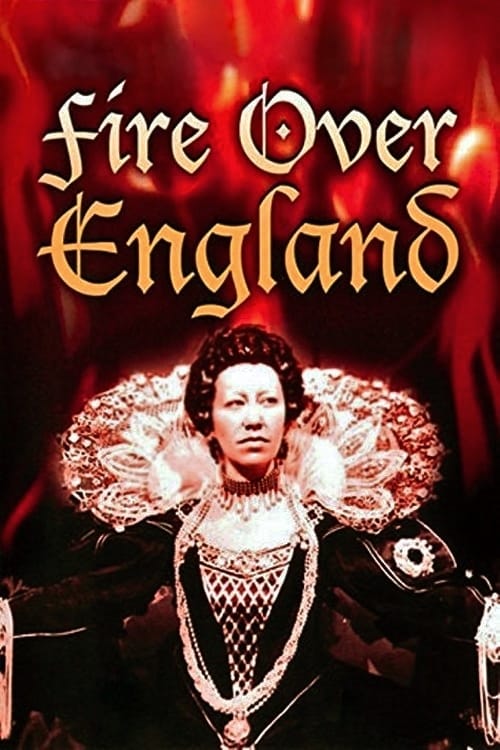
Fire Over England
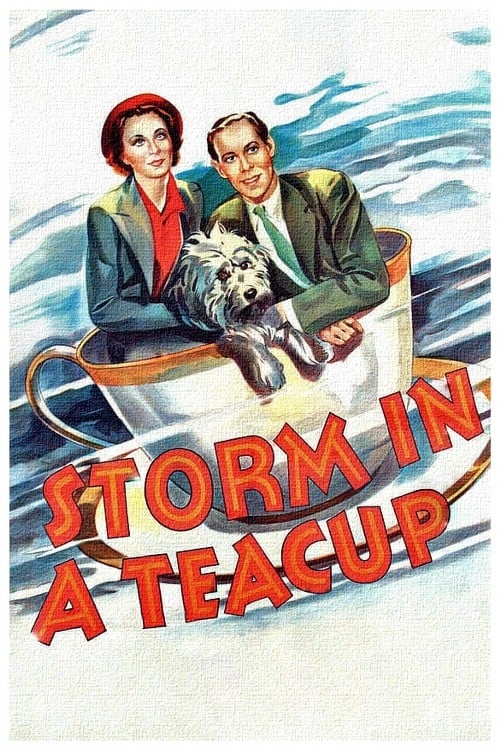
Storm in a Teacup
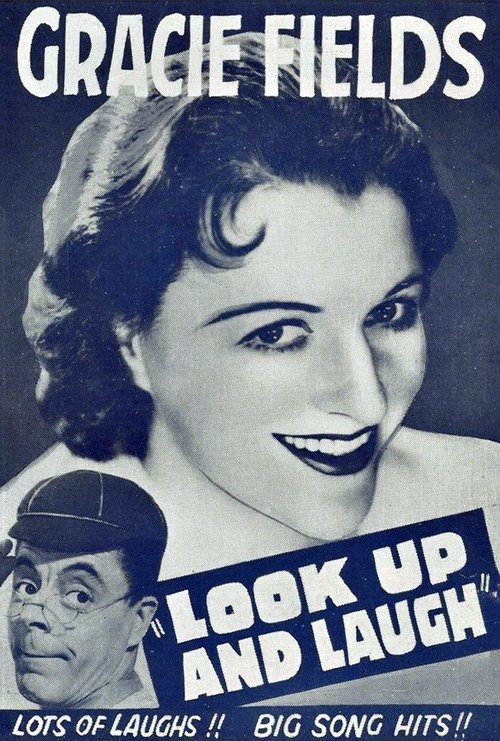
Look Up and Laugh
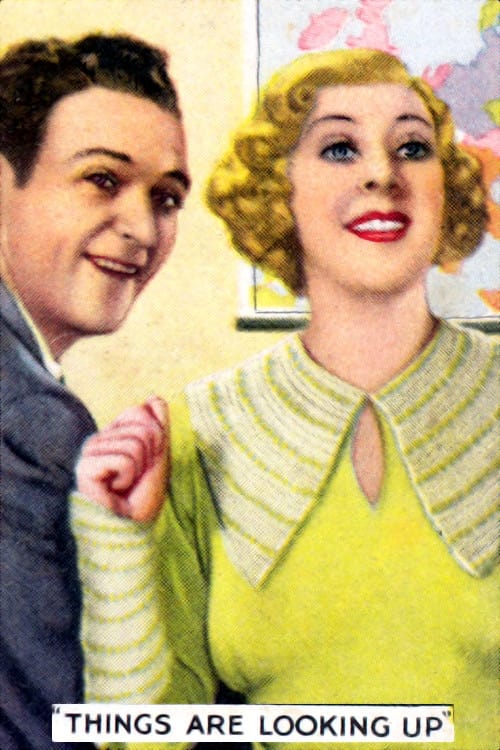
Things Are Looking Up

The Village Squire
